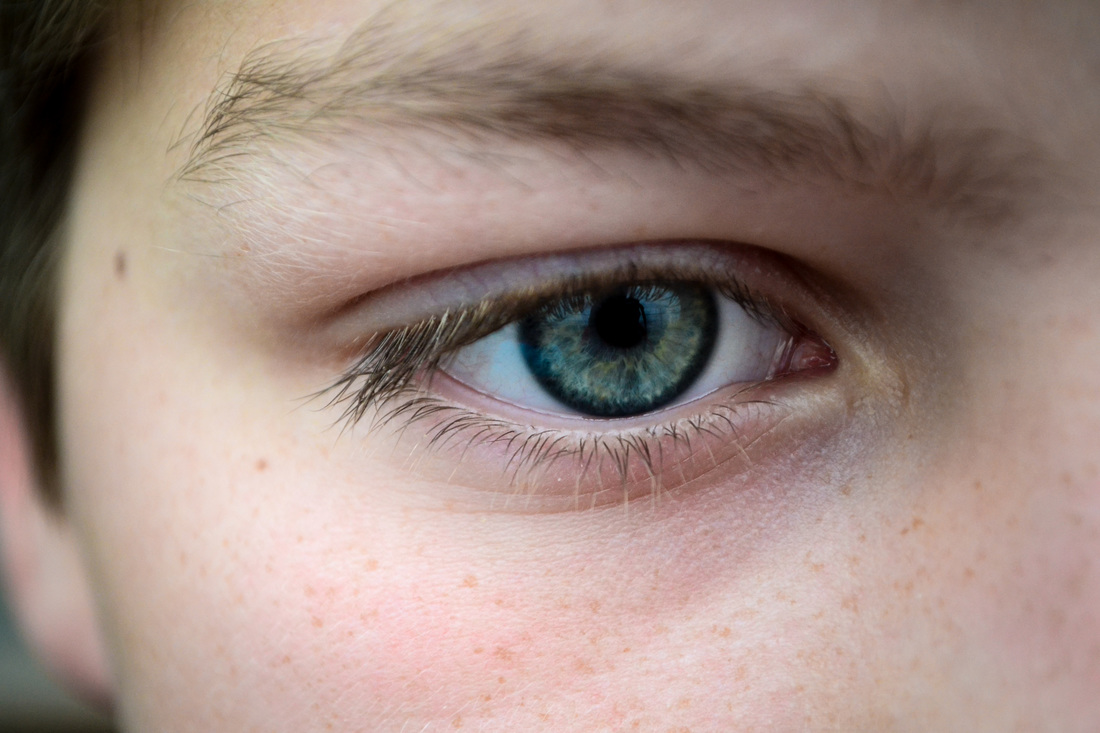|
Educator Insights breakdown theory and research to give teacher practical advice and strategies. In his book, The Body Keeps Score, Dr. Van Der Kolk, one of the leading researchers in the area of psychological trauma, uses recent scientific advances to show how trauma literally reshapes both body and brain. Click on the picture below to check the book out on Amazon.com. Keep reading for the summary of chapter 2: Revolutions in Understanding the Mind.
Chapter #2 of 20: Revolutions in Understanding Mind and Brain.
|
Archives
February 2019
|


 RSS Feed
RSS Feed